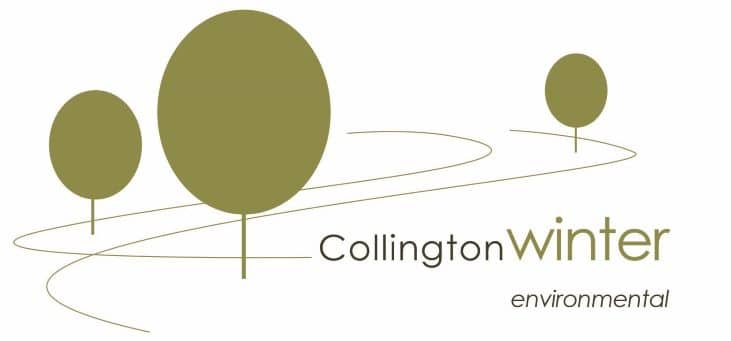Contact us today for a free quote.
Breeding Bird Survey: Protected Species
Breeding bird surveys are often undertaken for larger developments to inform the Ecological Impact Assessment (EcIA), where it is necessary to provide a strong ornithological baseline data.
Why are Breeding Bird Surveys required?
Within the UK, breeding bird species have been subject to habitat loss and degradation. Wild bird population trends are an indicator of the health of the countryside. It is therefore, important to know the extent of bird populations and whether they are increasing or decreasing.
An increase in land management practices and the building of residential areas have been the main factors which are influencing a bird population decline and habitat loss.
As a result, the need for ecological bird surveys on land proposed for development is ultimately essential with most local planning authorities requiring the surveys before granting planning permissions.

How are birds protected?
All breeding birds, wintering birds, and nesting birds in the UK are protected under the Wildlife and Countryside Act 1981. This means it is an offence to kill, injure, or take any wild birds, nests, or eggs while it is in use.
Breeding bird survey method
Breeding bird surveys (BBS) are required when a bird habitat is thought to be present within or close to a development site.
The survey is conducted using the typical method, based on the Common Bird Census methodology, developed by the British Trust for Ornithology. It involves the mapping of the location and species of all birds on site using standard symbols and registers the behaviour of birds encountered on in the area.
This information is then used provide an estimate of the individual bird count and breeding territory numbers. The approximate numbers of bird species can be estimated from the peak numbers recorded. Where specific species are an issue, or the site is coastal, other appropriate survey techniques would be required.
Three surveys are carried out at different times of the year to consider the breeding seasons for a range of species. For instance, migrant species do not arrive until May to start breeding while resident species establish territories in early March.
The British Trust for Ornithology recommends one early season visit between April and May and one late season visit between May and June, with at least four weeks between survey dates.
How can Collington Winter Environmental Assist?
Collington Winter Environmental are an experienced team of Ecologists, providing a wide range of nesting, breeding, and wintering bird surveys, as well as barn owl surveys. We assist developers on all types of projects in any location of the UK.
Our Ecology Director, Olivia Collington, has worked with protected species across the UK, undertaking field surveys and writing scientific, readable reports for submission at planning.
Please get in touch with our Ecology Director Olivia Collington (Olivia.collington@collingtonwinter.co.uk) for more information on breeding bird surveys (such as in relation to Bats, Great Crested Newts, or Badgers) and mitigation. We also provide ecological appraisal and assessment services, and Director Jane Winter also provides landscape architectural services.
Contact Us
Registered Address
23 Bark Street East, 1st Floor, Bolton, BL1 2BQ
Cambridge Office
Future Business Centre, Cambridge Campus, Kings Hedges Road, Cambridge, CB4 2HY
Telephone
Head Office: 01204 939 608
Dumfries Office: 01387 378208

